Pear Trees | Great For Fruit And Ornamental Value

Even though it is usually the fruit we are after when planting pear trees, they are also very ornamental, with white flowers in the spring and a beautiful range of fall leaf colors. The glossy leaves on pears are also an attractive quality.
I have three pear trees growing in our landscape. Two have been planted primarily for fruit production and one for ornamental purposes.
-
Ure Pear, Pyrus ussuriensis ‘Ure’
Hardy to Zone 3, 25’ H x 25’ W size, grown for fruit. -
Golden Spice Pear, Pyrus ussuriensis ‘Golden Spice’
Hardy to Zone 3, 20’ H x 15’ W, grown for fruit. -
Mountain Frost Pear, Pyrus ussuriensis 'Mountain Frost'
Hardy to Zone 3, 30' H x 20' W, grown as an ornamental.
Our video here shows the process of planting two pear trees and what you can expect 10 years later.
It is generally recommended to have two separate varieties growing in the same area for the best pollination and fruit set. This rule of thumb can vary depending on the pear variety you are planting and whether or not you live in an area with many trees. The more trees in your area, the greater your odds are that another pear tree is nearby.
Fruit production on pear trees may take time to happen. Usually, a tree must be 7-10 years old before it yields fruit.
The fruits on Ure and Golden Spice are quite a bit smaller than what most of us are used to compared to what is usually found in a grocery store. But the flavor and juiciness make up for it. And once your trees start producing, it will be nearly impossible for you to use all the fruit.
Once ripe, the pears degrade quickly. On my first crop, I did not realize it, but I should have been picking the fruit just before they were ripe. If you let them ripen on the tree, they will fall and become damaged.
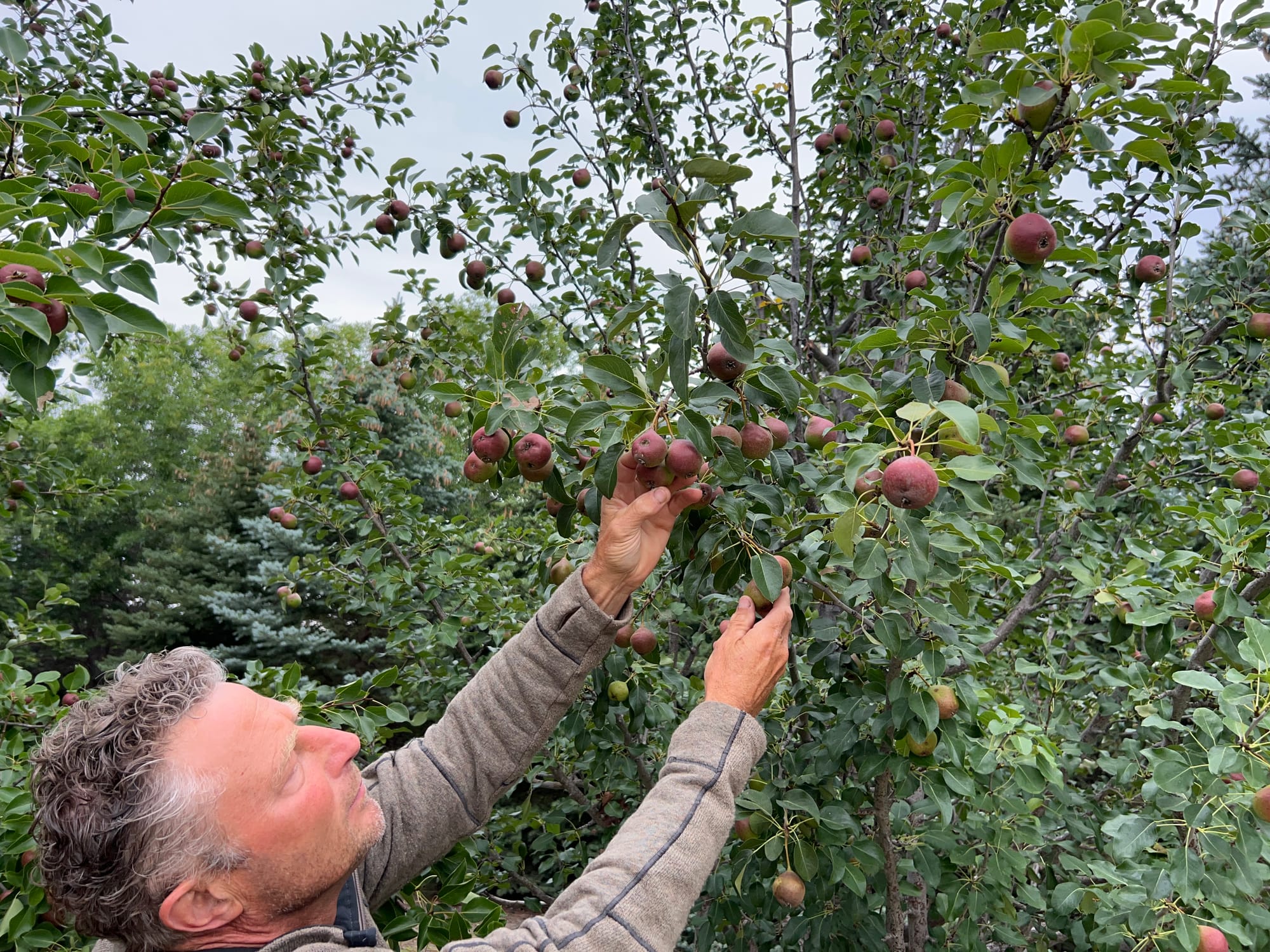
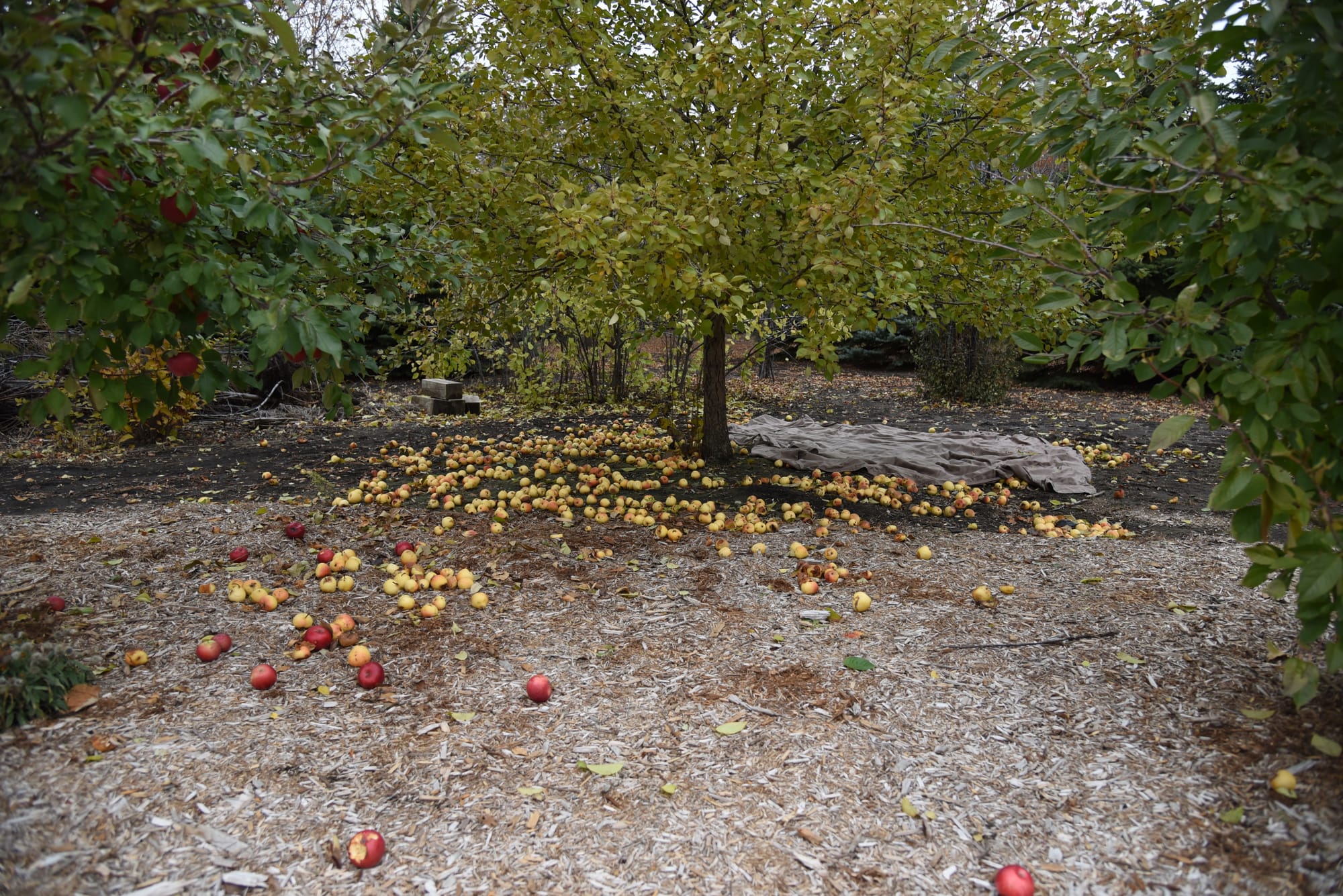
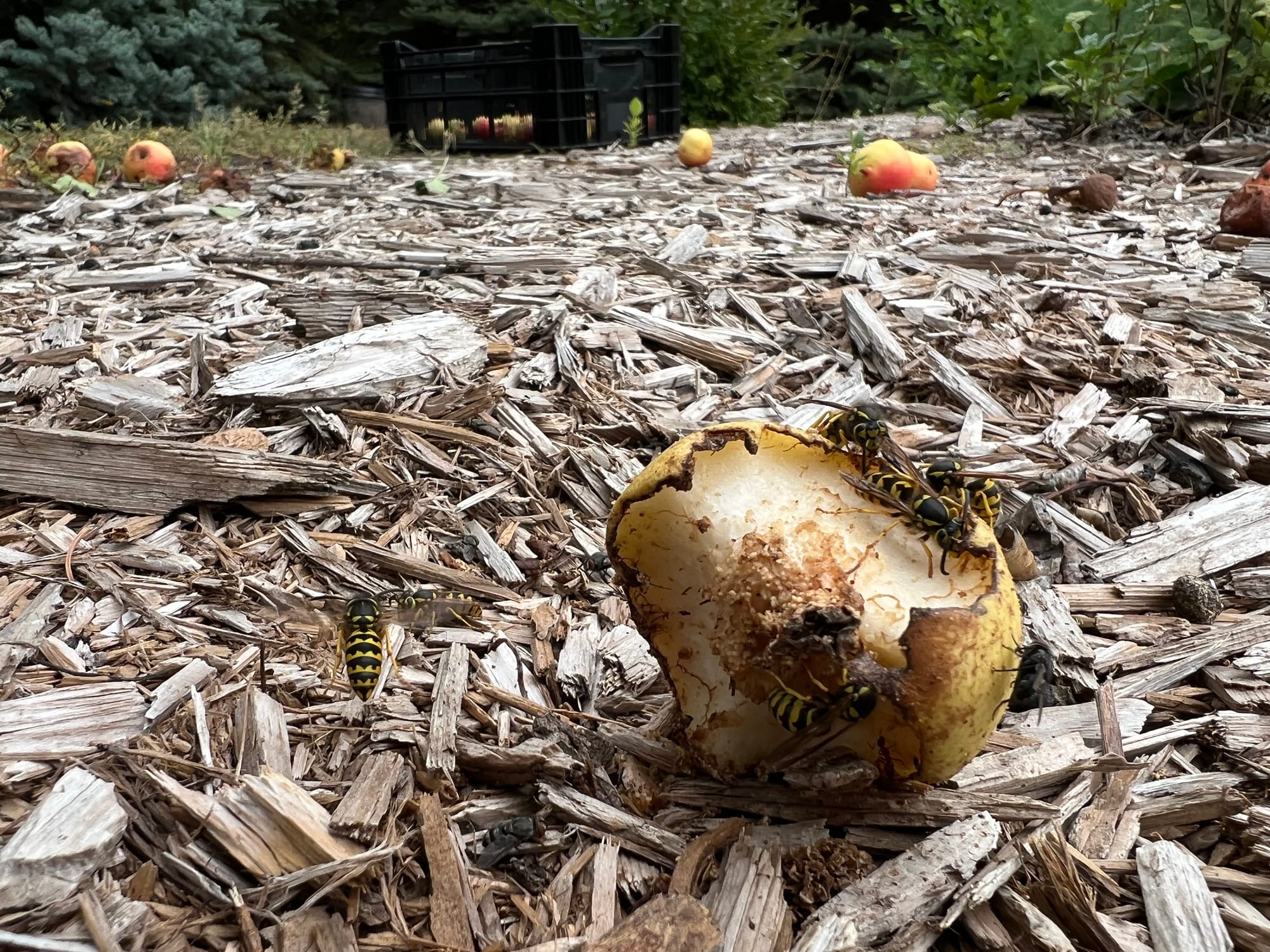
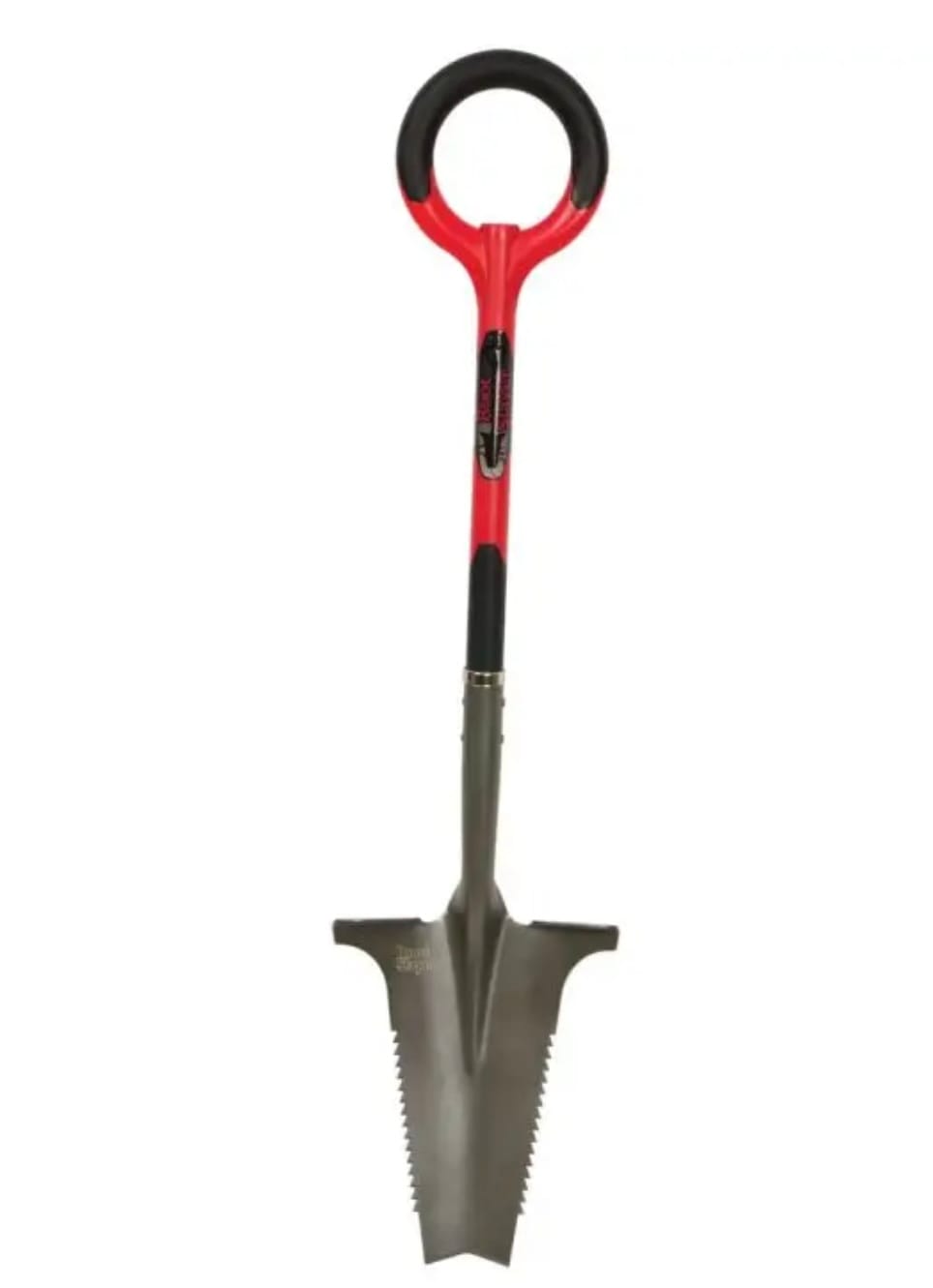
Radius Root Slayer
This will become your go-to-shovel. Excellent for cutting roots and penetrating hard compact soils.
When you purchase through links on this site, we may earn a small commission at no additional charge to you.
That first year, a windy day brought them down to the ground as I waited for my pears to taste just right. I ended up harvesting that year’s crop on my hands and knees. Not all the fruits were damaged, and there were more than I could use. Since I planned to dehydrate most of them, I could also cut out the bruised areas.
Leaving fruit on the ground through the fall will undoubtedly draw in wasps and hornets. I leave plenty for them to devour, as it is an important source of carbohydrates before winter.
On the following year's crop, we picked early, allowed the pears to ripen in our garage, and preserved many of them by canning. Due to the small size of the fruit and the need to peel them, it was a long process. But having fresh fruit throughout the winter months makes it worth the time. I leave the peels on when dehydrating.
I am still enjoying the dehydrated fruit several years later. I vacuum-sealed the slices in jars for long-term storage and see no reason they won't last 10-plus years.
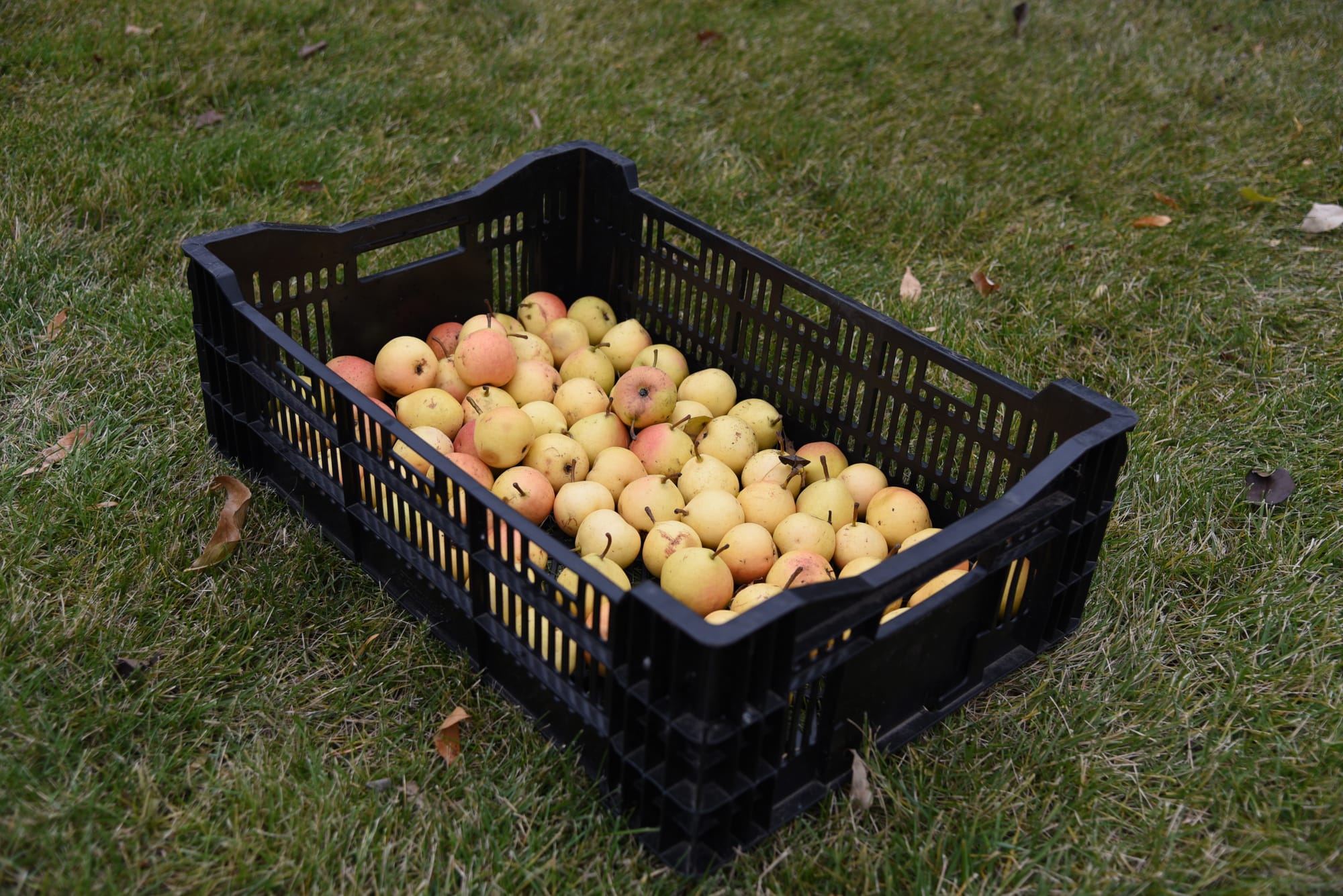
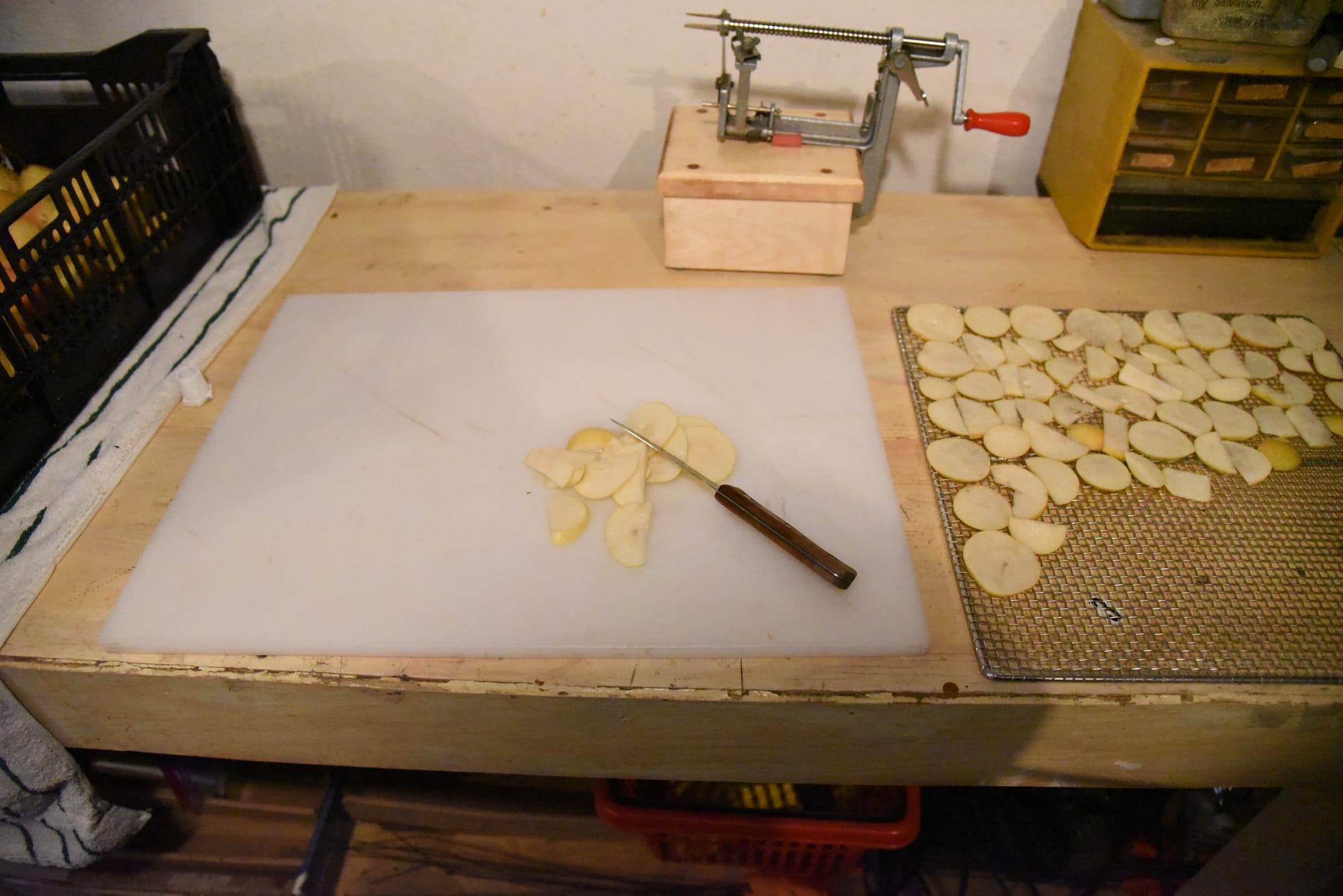
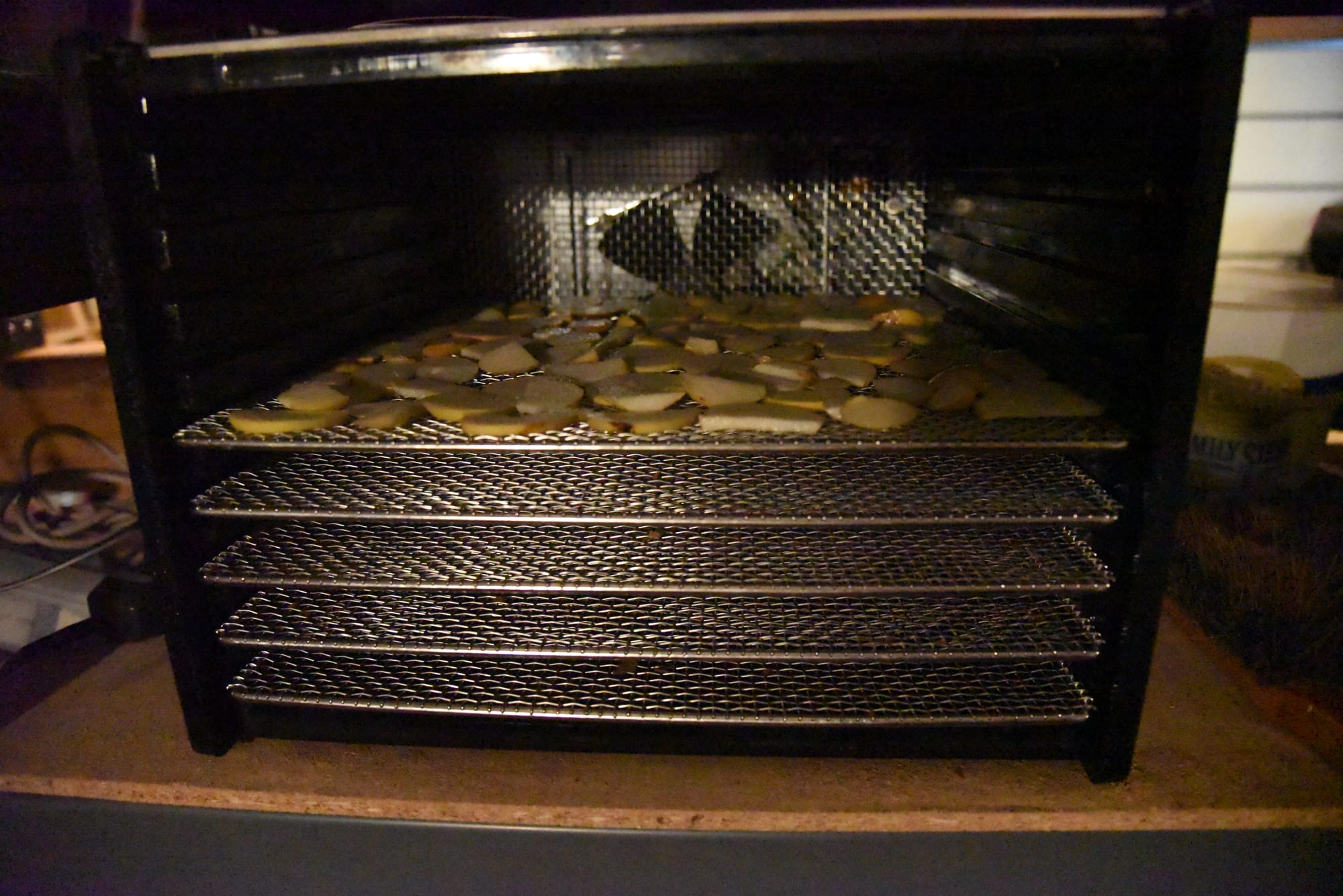
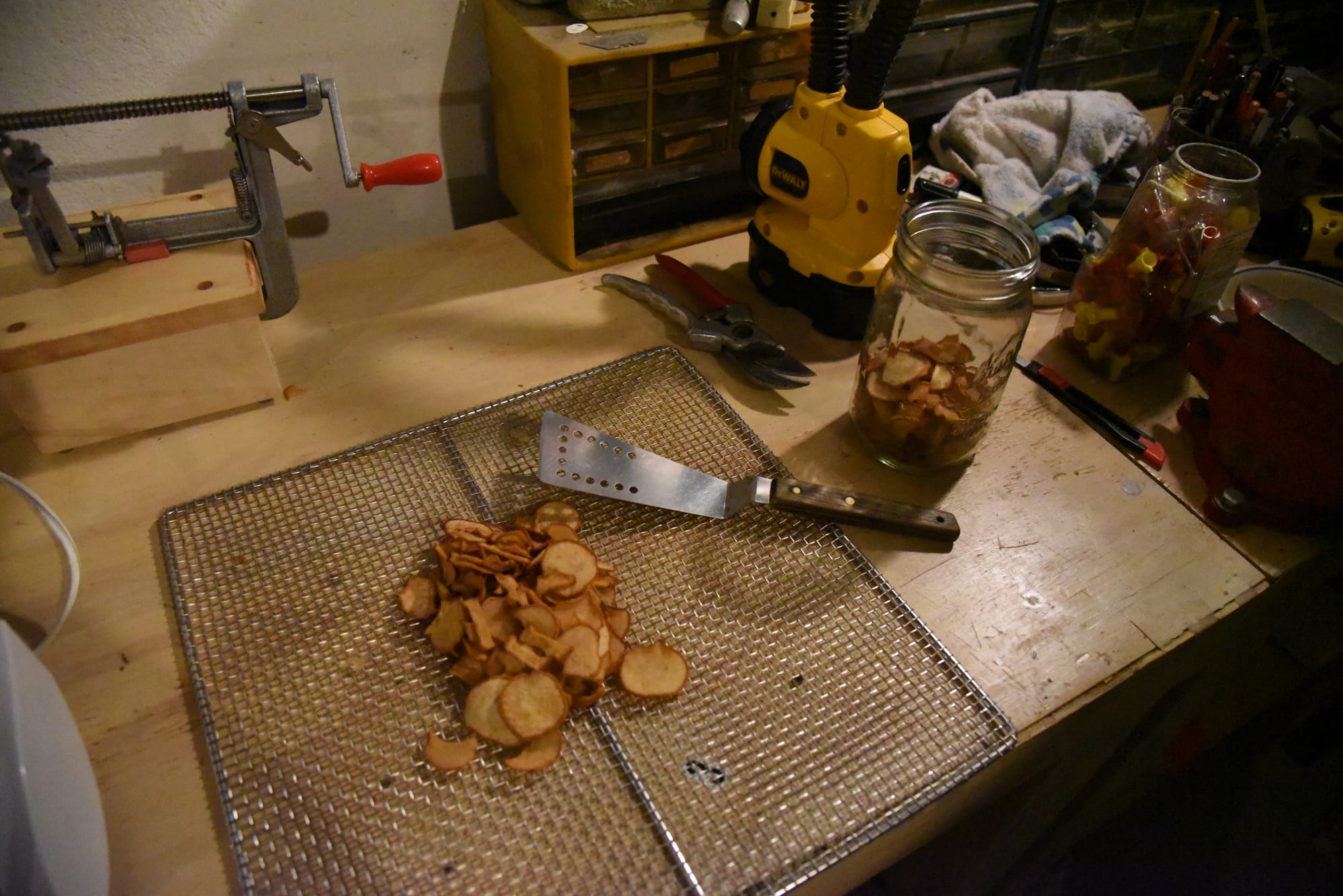
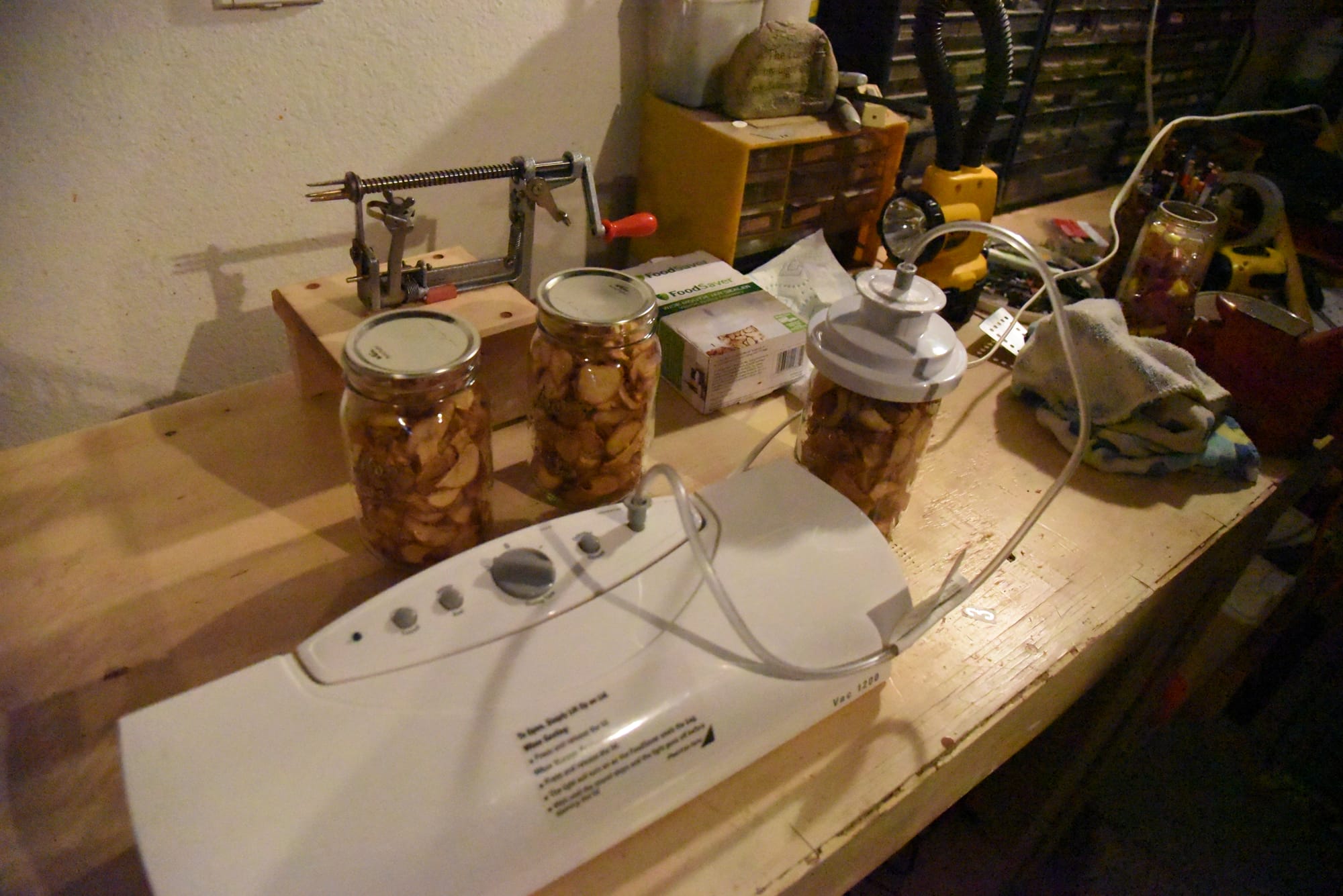
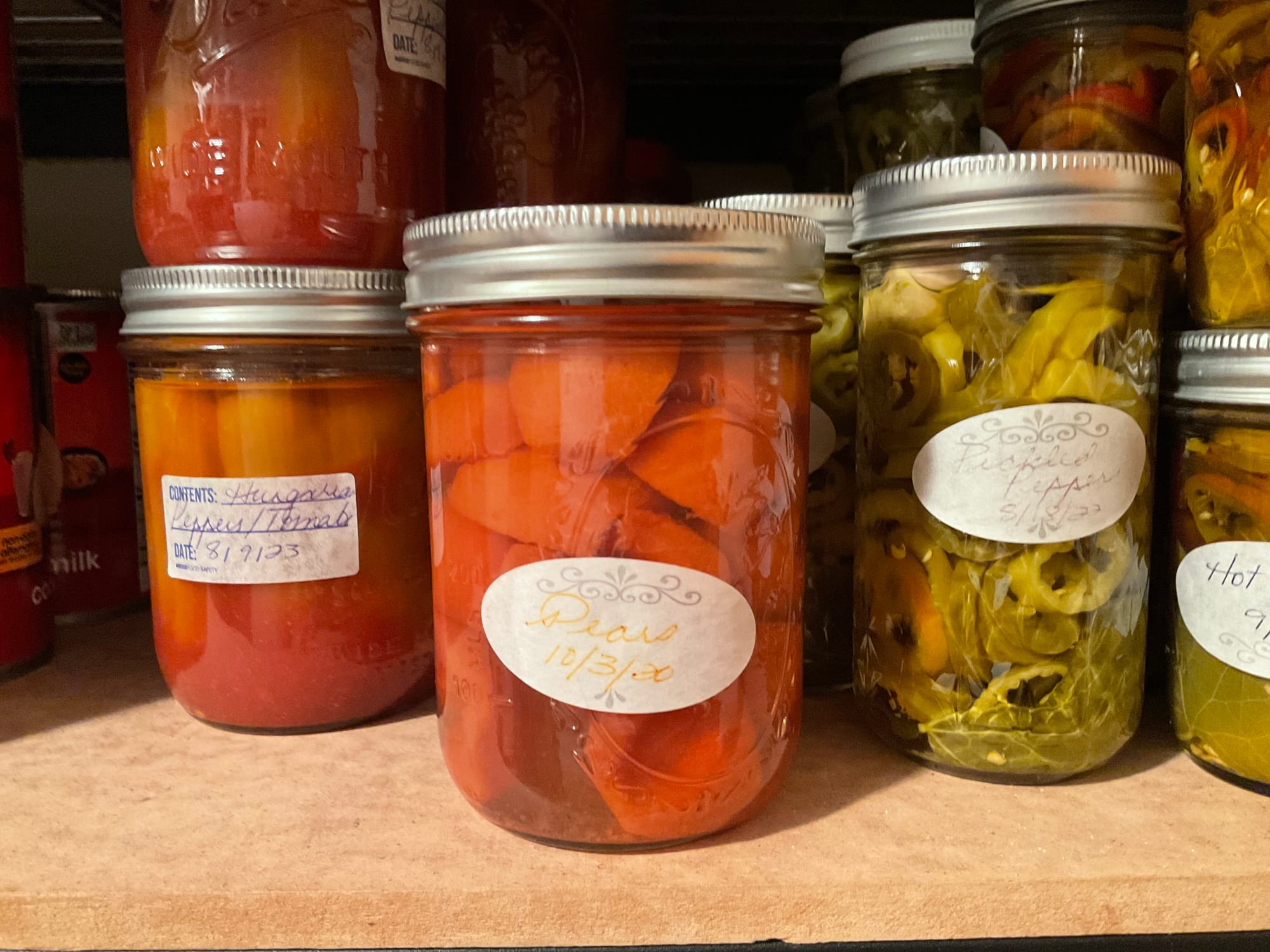
Pears For Dehydrating and Canning
I purchased the Mt. Frost Pear under the impression that it was a sterile (no fruit) ornamental tree. It is not sterile and produces numerous pears each season, but they are not edible. The fruit has a tough coating, and the taste is bitter.
The Mt. Frost is the first tree to flower in our landscape in the spring with beautiful white flowers. The fall leaf colors are also outstanding. I suspect it is setting more fruit than usual due to its close proximity to the Ure and Golden Spice. Since the pears on Mt. Frost have a tough coating, they do not degrade quickly, giving you plenty of time to clean them up if desired. They won’t get mushy.
You could leave the fruit on the ground for wildlife like deer on all these pear varieties, but for my small landscape, I’d rather collect them and bring them out into the country. I do not want to attract the deer due to the collateral damage they can cause with additional browsing on plants.
Pears are susceptible to Fireblight, a bacteria that can kill trees, so avoid pruning when the tree is actively growing to minimize this threat. Prune when dormant whenever possible.
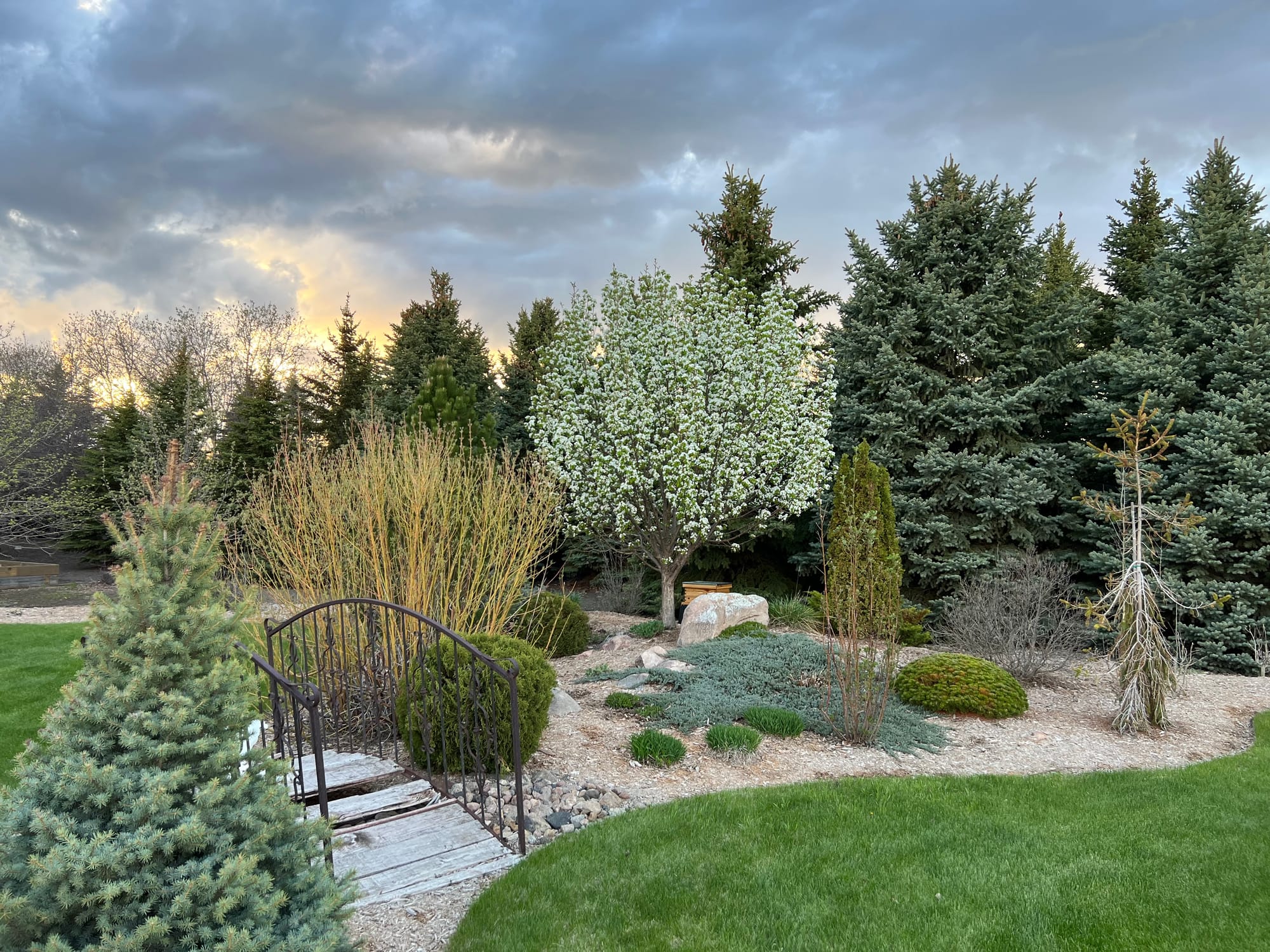
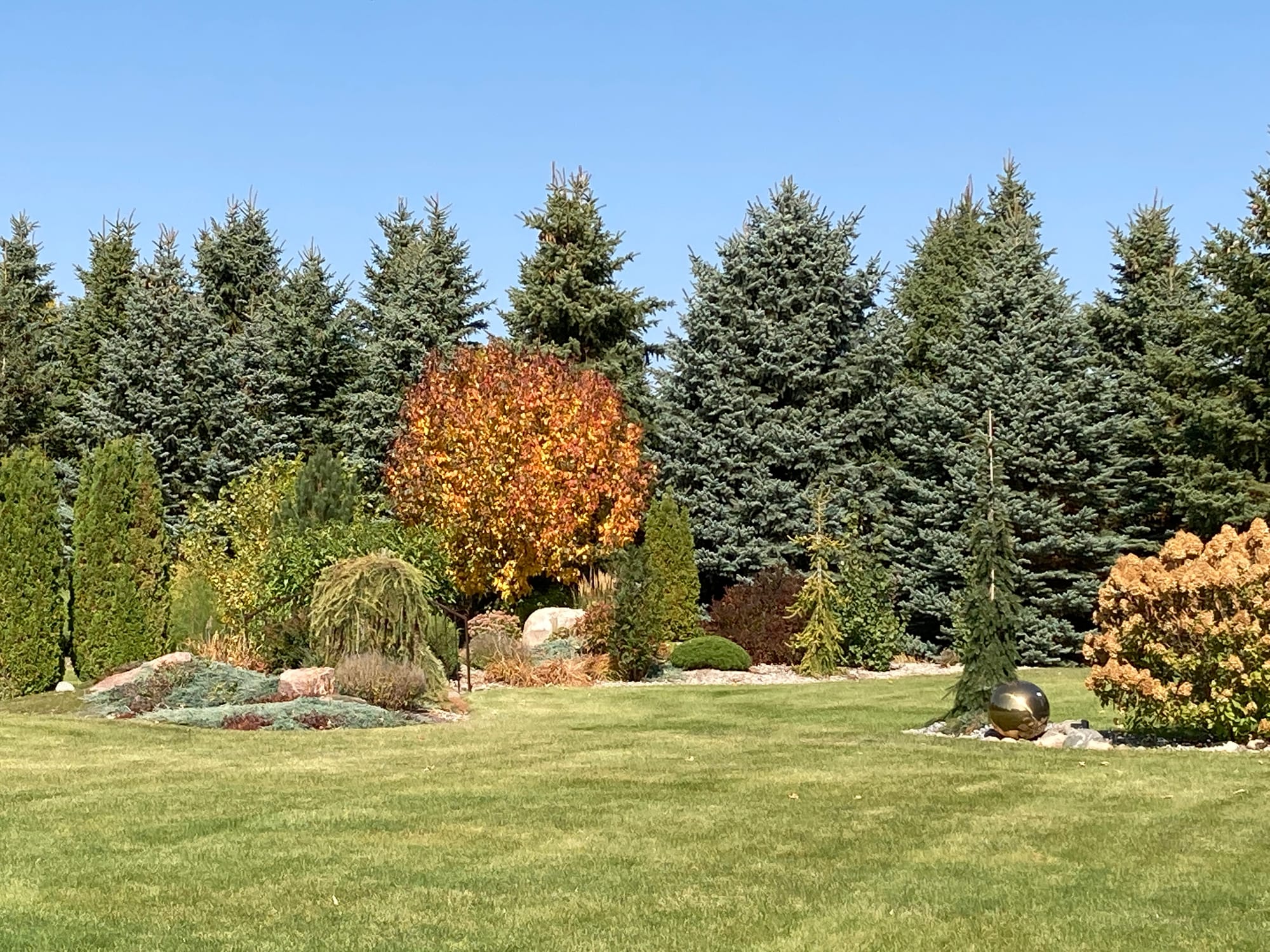
Mountain Frost Pear - Spring Flowers and Fall Colors
Make sure you check out A.M. Leonard for all your horticulture tools and supplies. They're my go-to supplier! They've been in business since 1885 and have excellent quality and selection.
Use promo code GARDENHIKE10 at checkout to receive 10% off any order.

When you purchase through links on this site, we may earn a small commission at no additional charge to you.
Thanks for stopping by Garden Hike!
Kevin
